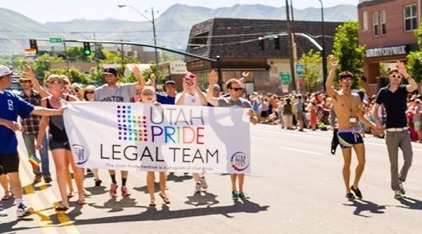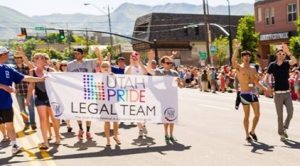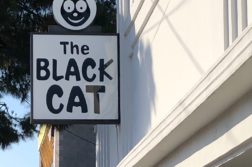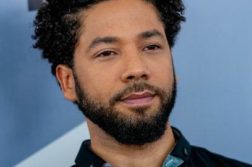The origins of Utah are rooted in queerness. When Brigham Young led about half of the Mormon Church membership across the Mexican border illegally in 1847, he and other church leaders brought with them a hatred of the United States government and a devotion to the practice of polygamy. In the Great Basin Desert, Young and the other self-proclaimed “peculiar people” at last found refuge from the violence and suffering they had endured for seventeen years. Young nurtured the religious movement he inherited (others say stole) from Joseph Smith into a theocratic state that continued to fracture throughout the 19th and 20th centuries into rival religious movements. Nevertheless, the Brighamite sect maintained power and authority and the ghost of Brigham Young haunts the city to this day.
Utah is a land of contradictions that both reinforce and explode rigid binaries and expectations. These extremes are embodied in the physical landscape. The snow-capped Wasatch Mountains that erupt to the east of the metropolitan corridor give way to the arid, red rock deserts in the south with their ancient and breathtaking scenery. The beauty of the state is mesmerizing. However, for a queer person living in Utah, life can be simultaneously suffocating and liberating.
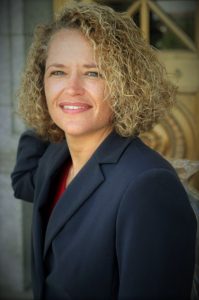
First, Utah is an unofficial theocracy insofar as members of the church control every level of government. In fact, no legislation passes at the state level without the tacit approval of “the Brethren,” the top-ranking men in the Church hierarchy. The Church has a long history of theological abuse against LGBT people, and these religious beliefs extend into the public sphere. However, the Mormon Church is expert at public relations, and since 2009 has invested millions to appear less homophobic. But don’t be fooled by the PR; it is an illusion. New church policies continue to attack LGBT families and children, and church leaders continue to fight any advancement of LGBT equality. Mormons won’t burn a cross in your yard or throw a brick through your window, but they will use legal methods to strip you of liberties and protections.
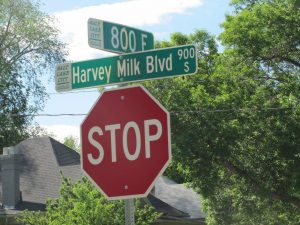
One the other hand, Salt Lake City bursts with gayness. Some media outlets delight in declaring the city the “gayest” in the country. Such a claim is dubious, but it does point to the queerness of the city. Utah is home to a high number of LGBT parents; the current mayor is the first lesbian to hold the office; three of seven city councilmembers are LGBT; the city council voted to rename a major thoroughfare Harvey Milk Boulevard; the University of Utah employs renowned psychologist Lisa Diamond and queer theorist Kathryn Bond Stockton; the city hosts the Damn These Heels LGBT film festival every July; and the Utah Pride Parade is the second largest civic event in the state. The community suffers from infighting, big egos, and politics, but the struggle against a common enemy helps unify the community.
Queer people in red states are agents of change. They are in the trenches of the culture wars with the battle scars to prove it. For decades, LGBT people in Utah fought to make visible what the conservative culture hoped to exterminate. Utah has long been a place for “alternative lifestyles” where the resilient and creative thrive. To outsiders, Utah may look like a political wilderness; but it is a wilderness rich with peculiar opportunities.
J. Seth Anderson is a doctoral student at Boston University. His ancestors joined the Mormon Church in the 1830s and settled in Utah. He and his husband, Dr. Michael Ferguson, were the first same-sex couple to be married in Utah, in 2013.


